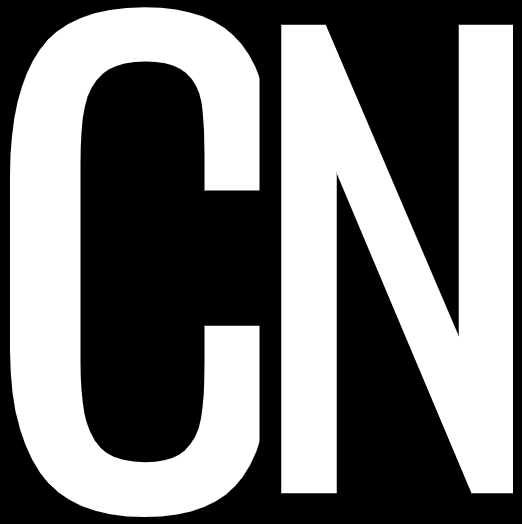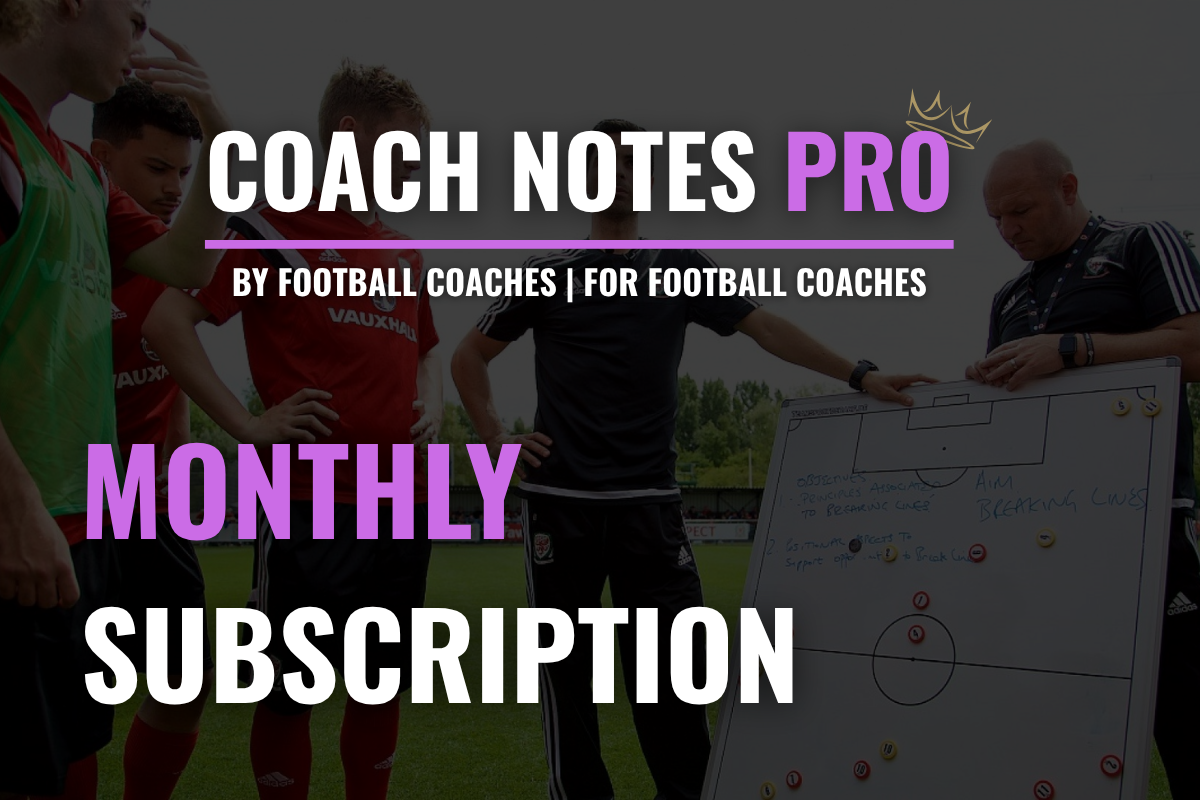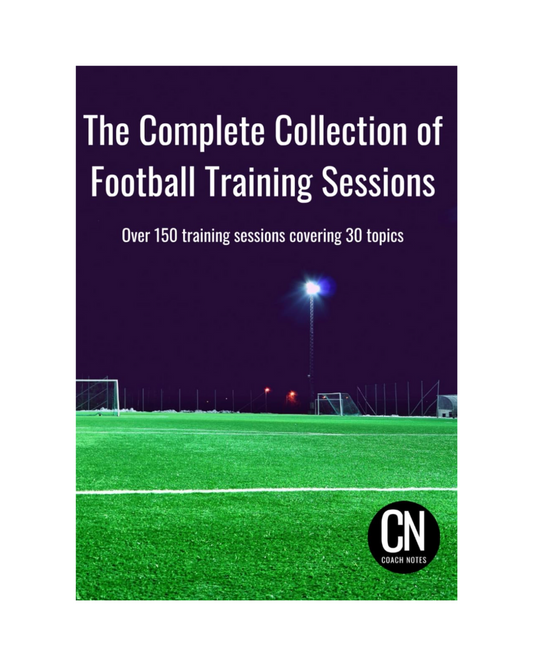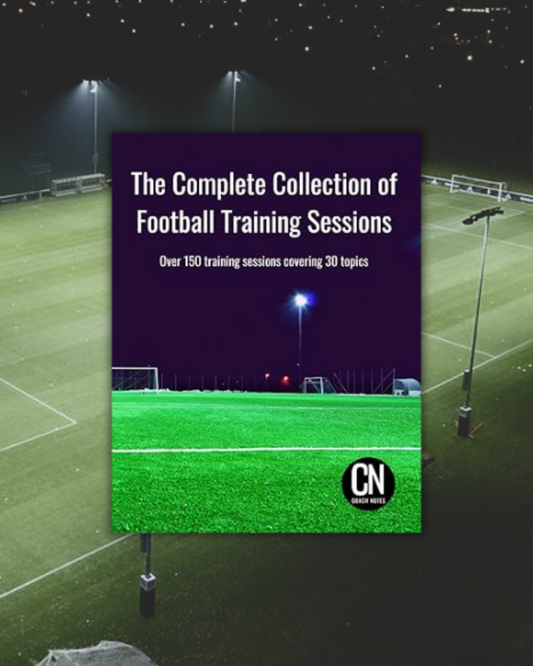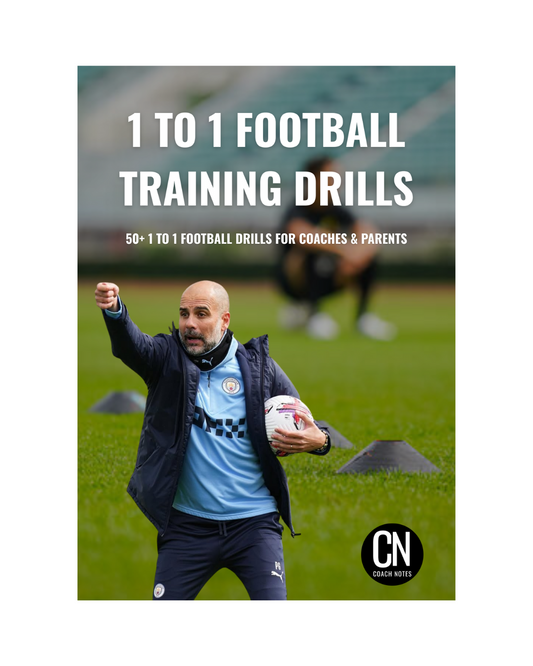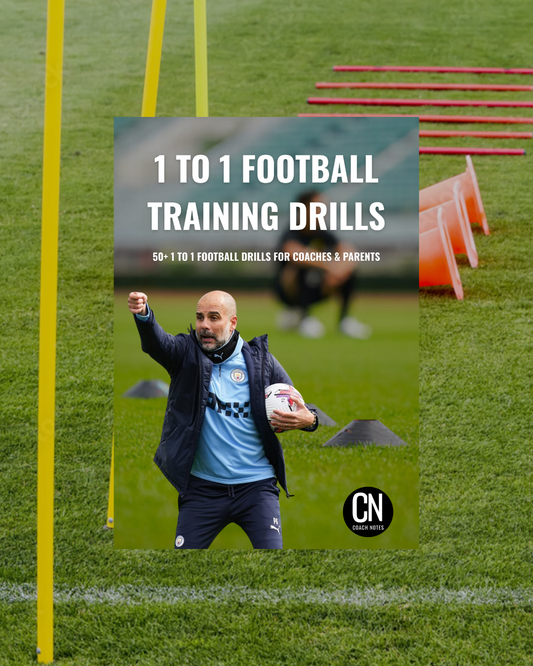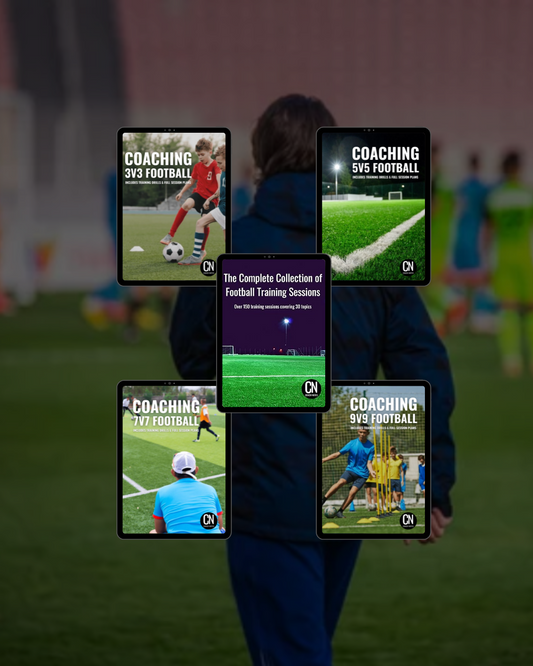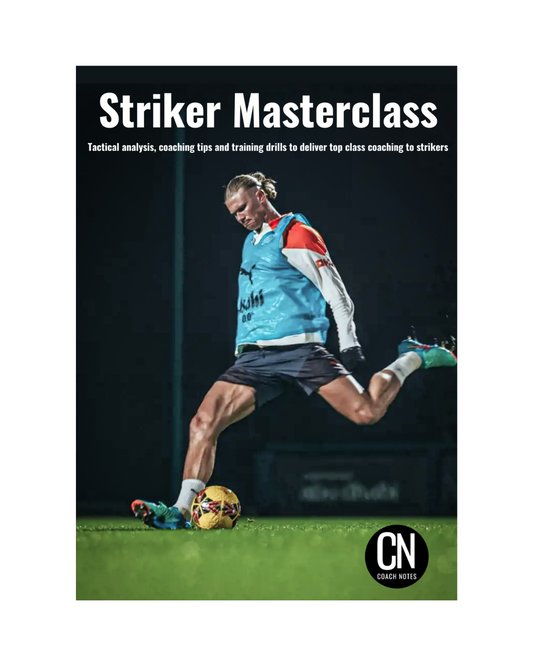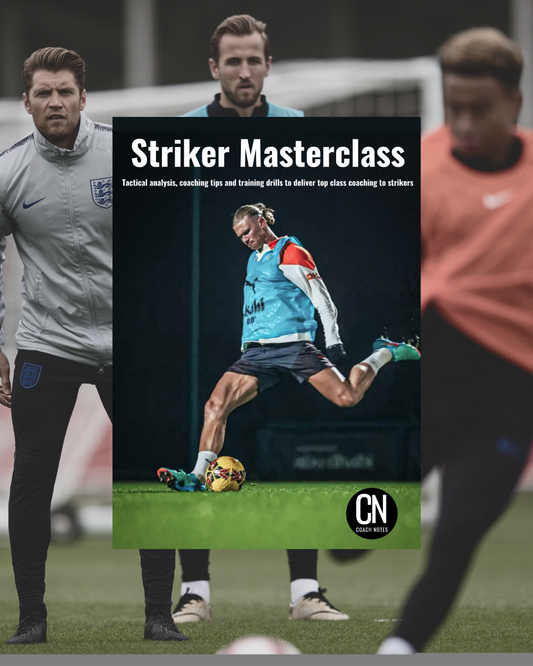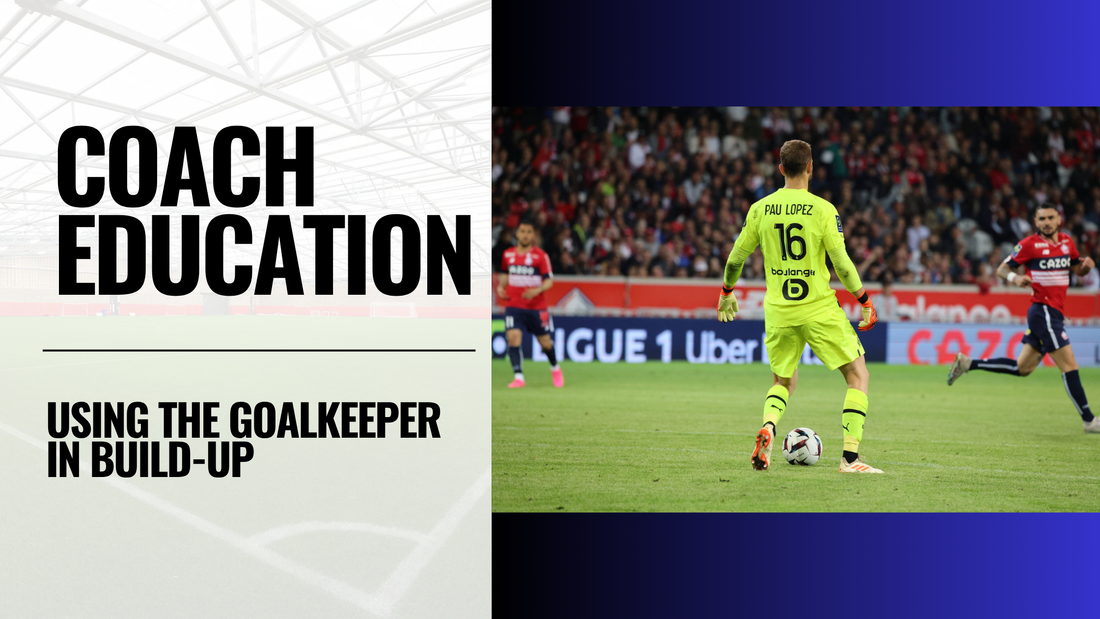
Using the Goalkeeper in Build-Up
Share
In recent years, the role of the goalkeeper has evolved significantly. Once viewed almost exclusively as a shot-stopper, today’s top-level goalkeepers are now an integral part of a team’s build-up play. Utilising the goalkeeper during build-up phases is not only a stylistic choice, it is also a tactical solution to modern pressing systems. This article explores how coaches can implement this concept effectively in their teams and what to consider before doing so.
❓ Why Use the Goalkeeper in Build-Up?
High-pressing teams aim to outnumber the opposition in deep areas, disrupt passing patterns, and force mistakes. In response, many coaches now use their goalkeeper to create a numerical advantage (commonly referred to as a +1) in build-up. By involving the goalkeeper as an active player, teams can form shapes such as:
- 3-2: Goalkeeper joins two centre backs to create a back three.
- 2-3 or 2-4: Goalkeeper partners with two defenders, and midfielders position ahead in staggered lines.
This approach offers several benefits:
- Forces pressing teams to commit more players forward.
- Helps maintain calmness under pressure.
- Opens up spaces further forward when the press is bypassed.
👤 The Technical & Tactical Profile Required
For this method to be successful, your goalkeeper must be technically proficient and tactically astute. This includes:
- Ball mastery: Clean first touch, calm under pressure, and capable with both feet.
- Passing range: Ability to play short passes into tight areas, clipped passes into midfield, and longer driven balls to bypass pressing lines.
- Decision-making: Understanding when to risk possession to draw the press and when to play safe to retain the ball.
- Positioning: Knowing how to offer passing angles while maintaining defensive coverage if possession is lost.
It’s important to stress that a goalkeeper's comfort with these responsibilities may vary depending on their development and experience. Not every team will benefit equally from this approach, so player profiling is essential.
⚽️ Drawing the Press and Exploiting Space
One of the core benefits of involving the goalkeeper is their ability to draw the first line of the opponent's press. When this is done effectively, it can open up passing lanes into midfield or even directly into attacking areas.
Example patterns include:
- Centre backs split wide, the goalkeeper drops centrally.
- Opposition press is lured forward.
- Goalkeeper plays a clipped pass over the top or into a free midfielder.
- The receiving player turns and drives into space, exploiting the vacated areas.
Teams such as Manchester City, Brighton, and some national sides have shown how valuable this can be when executed with precision.
🔑 Coaching Considerations
To develop this style within your team, consider the following coaching points:
- Start with basic rondos using the goalkeeper’s feet to encourage comfort on the ball under light pressure.
- Progress to positional build-up drills with designated pressers to replicate opposition pressure.
- Train scanning habits and awareness before receiving the ball.
- Use video analysis to highlight moments when the goalkeeper was or wasn’t available and discuss decision-making.
- Emphasise decision risk vs reward – don’t play into pressure just for the sake of it.
Also consider the goalkeeper's personality and confidence. If they’re hesitant, it may be best to introduce this style gradually, starting with simple passes before encouraging more ambitious involvement.
🔄 Limitations and Alternatives
Not all teams, leagues or pitches are suited to playing out through the goalkeeper. Poor playing surfaces, aggressive opponents, or inexperienced players may lead to unnecessary turnovers.
In such cases, more traditional build-up shapes with deeper midfielders or dropping full-backs may be more reliable. It’s about knowing when to use the goalkeeper and having variety in your team's build-up repertoire.
💭 Final Thoughts
Using the goalkeeper in build-up play can be a highly effective strategy, especially against pressing teams. It allows your side to create overloads, disrupt opposition press structures, and control possession in deeper areas. However, it requires the right technical profile and confidence in your goalkeeper, as well as a team-wide understanding of build-up responsibilities.
If developed and implemented carefully, this tactic can become a powerful weapon in your team’s game model adding calmness, structure, and clarity to your possession play.
